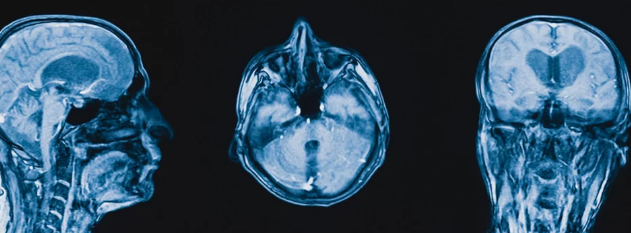Cancer detection is a race against time. Early identification of tumors can drastically improve treatment outcomes, yet not all imaging techniques are equally effective for every type of cancer. My journey is a personal testament to how Magnetic Resonance Imaging (MRI) uncovered a tumor that other scans had completely missed, ultimately saving my life.
This article explores my experience, the unique strengths of MRI, and why this technology is often indispensable when conventional scans fall short.
The Frustration of Inconclusive Results
It began with vague symptoms—occasional abdominal discomfort, fatigue, and minor weight loss. Concerned, my primary doctor ordered routine tests: ultrasound and CT scans. Both returned inconclusive results. The images showed no obvious abnormalities, and my symptoms were attributed to stress or minor digestive issues.
Despite reassurances, I knew something was wrong. My persistence, coupled with my doctor’s careful attention, led to a referral for an MRI scan.
The MRI Revelation
Unlike CT or ultrasound, MRI provides high-resolution images of soft tissues and uses magnetic fields and radio waves rather than radiation. Its ability to differentiate subtle tissue differences makes it especially effective for detecting small or hidden tumors.
During my MRI, the radiologist identified a tiny lesion in my liver, measuring less than a centimeter—completely invisible on previous scans. The tumor’s small size and location had allowed it to evade detection on ultrasound and CT, but the detailed imaging of MRI revealed its presence clearly.
This moment was a turning point. For the first time, we had a concrete target for further evaluation.
From Detection to Diagnosis
While MRI suggested a suspicious lesion, biopsy confirmation was still necessary. Using the MRI images as a guide, my doctors performed a targeted biopsy. The precision of MRI guidance ensured the sample was taken from the exact location of concern, reducing the chance of a false negative.
The biopsy confirmed early-stage liver cancer. Thanks to MRI, it was detected at a stage where treatment could be highly effective, giving me a significant survival advantage.
Why MRI Succeeded Where Other Scans Failed
Several factors made MRI superior in my case:
- Soft Tissue Contrast: MRI distinguishes between normal and abnormal tissue more effectively than CT or ultrasound, especially in organs like the liver, brain, and breast.
- High Resolution: MRI can detect small lesions, often less than a centimeter, that other imaging methods may overlook.
- Functional Imaging: Advanced MRI sequences, such as diffusion-weighted imaging (DWI), can detect abnormal cellular activity indicative of cancer.
- Non-Invasive and Repeatable: MRI does not use ionizing radiation, making it safe for follow-up scans to monitor progress or response to treatment.
Treatment and Recovery
Once the tumor was identified and confirmed, MRI continued to play a critical role:
- Surgical Planning: The images allowed surgeons to remove the tumor precisely, sparing healthy liver tissue.
- Treatment Monitoring: Follow-up MRIs tracked the effectiveness of therapy and ensured no new lesions developed.
- Peace of Mind: Regular imaging provided reassurance that the treatment was successful and helped detect any recurrence early.
Lessons Learned
- Early Detection Saves Lives: MRI can reveal tumors that other imaging modalities miss, emphasizing the importance of advanced imaging in suspicious cases.
- Persistence Matters: Trust your instincts and advocate for further testing when symptoms persist.
- Technology and Expertise Combine: MRI’s effectiveness relies on skilled radiologists who can interpret subtle findings.
- Targeted Interventions: MRI-guided biopsies and treatment planning reduce risks and improve outcomes.
Conclusion: MRI’s Critical Role in Cancer Care
My story demonstrates the power of MRI in uncovering hidden tumors that other scans fail to detect. While CT, ultrasound, and other imaging methods are valuable, MRI’s high-resolution soft tissue imaging and advanced functional capabilities can make the difference between early intervention and delayed treatment.
For patients experiencing persistent symptoms despite negative scans, MRI can be a life-saving next step. In my case, it not only found what others missed but also enabled precise, timely treatment—ultimately saving my life.
Also Read :
